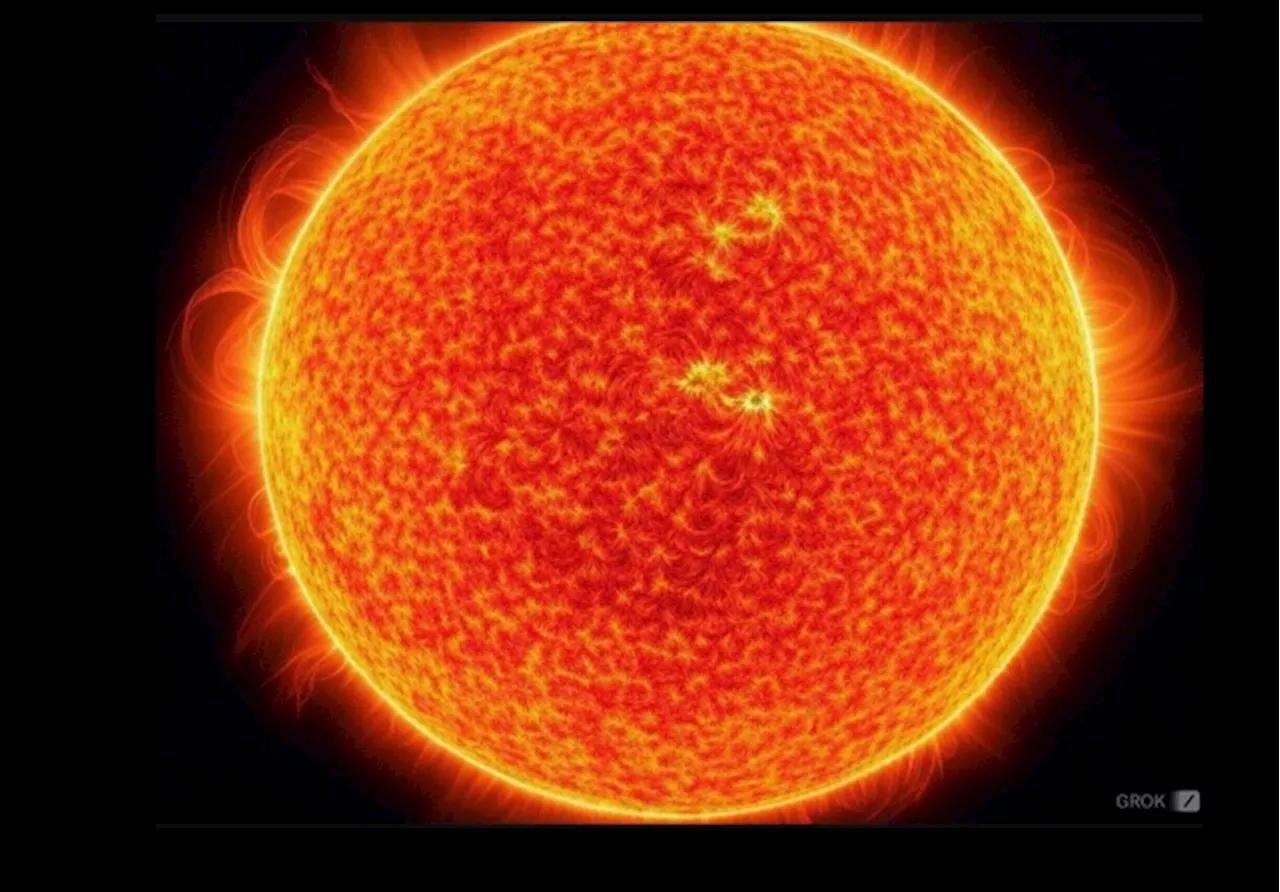The Parker Solar Probe, launched in 2018, successfully completed a historic flyby of the Sun on Christmas Eve, reaching closer to the star than any spacecraft before. After a few days of radio silence, the probe confirmed its survival and operational status, sending a signal back to Earth.
The actual data obtained by the Parker Solar Probe should be arriving on New Year’s Day, if all goes well., I reported on the National Aeronautics and Space Administration groundbreaking spacecraft, the Parker Solar Probe , launched in 2018 to study the Sun ’s outer corona.
Two days after a historic Christmas Eve sun flyby that flew closer to the star than any spacecraft in history — taking the car-sized spacecraft nearly a tenth as close to the sun than Mercury — the Parker Solar Probe phoned home for the first time since its solar encounter. The space probe sent a simple yet highly-anticipated beacon tone to Earth just before midnight late Thursday .
“This close-up study of the Sun allows Parker Solar Probe to take measurements that help scientists better understand how material in this region gets heated to millions of degrees, trace the origin of the solar wind , and discover how energetic particles are accelerated to near light speed,” the agency said.
Parker’s data will also help scientists understand how the sun’s outer atmosphere, known as the corona, can be hundreds of times hotter than the solar surface below it.
SPACE EXPLORATION SUN PARKER SOLAR PROBE NASA SOLAR WIND
Canada Latest News, Canada Headlines
Similar News:You can also read news stories similar to this one that we have collected from other news sources.
 NASA's Parker Solar Probe aims to fly closer to the sun like never beforeA NASA spacecraft aims to fly closer to the sun than any object sent before.
NASA's Parker Solar Probe aims to fly closer to the sun like never beforeA NASA spacecraft aims to fly closer to the sun than any object sent before.
Read more »
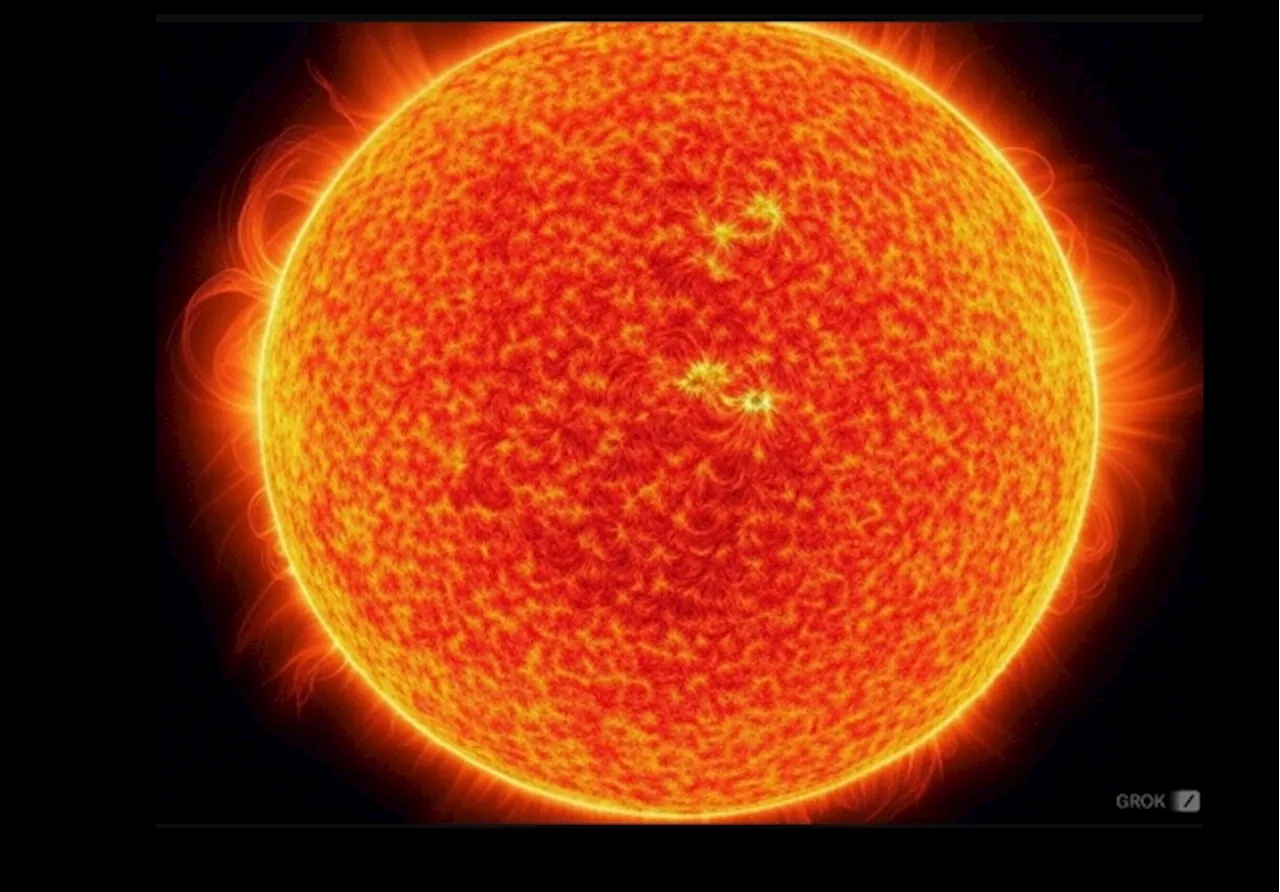 NASA’s Parker Solar Probe to Make Closest Approach to the Sun on Christmas Eve“We will be embracing a star.”
NASA’s Parker Solar Probe to Make Closest Approach to the Sun on Christmas Eve“We will be embracing a star.”
Read more »
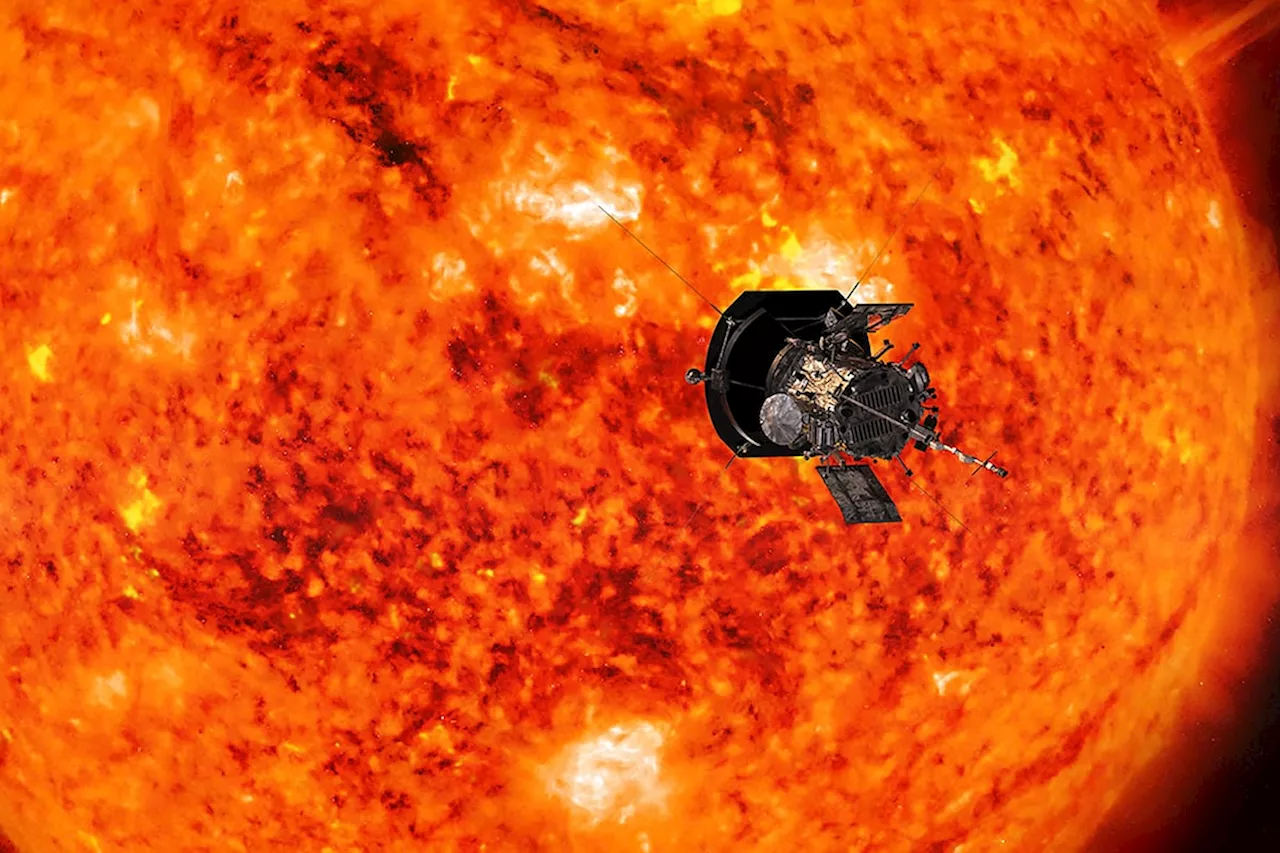 NASA's Parker Solar Probe Touches Sun's CoronaNASA's Parker Solar Probe made history on Tuesday by flying into the sun's outer atmosphere, the corona. This groundbreaking mission aims to provide scientists with valuable data about Earth's closest star. The spacecraft, travelling at incredible speeds, endured extreme temperatures to collect unprecedented close-up images and information about the sun's atmosphere, including coronal streamers.
NASA's Parker Solar Probe Touches Sun's CoronaNASA's Parker Solar Probe made history on Tuesday by flying into the sun's outer atmosphere, the corona. This groundbreaking mission aims to provide scientists with valuable data about Earth's closest star. The spacecraft, travelling at incredible speeds, endured extreme temperatures to collect unprecedented close-up images and information about the sun's atmosphere, including coronal streamers.
Read more »
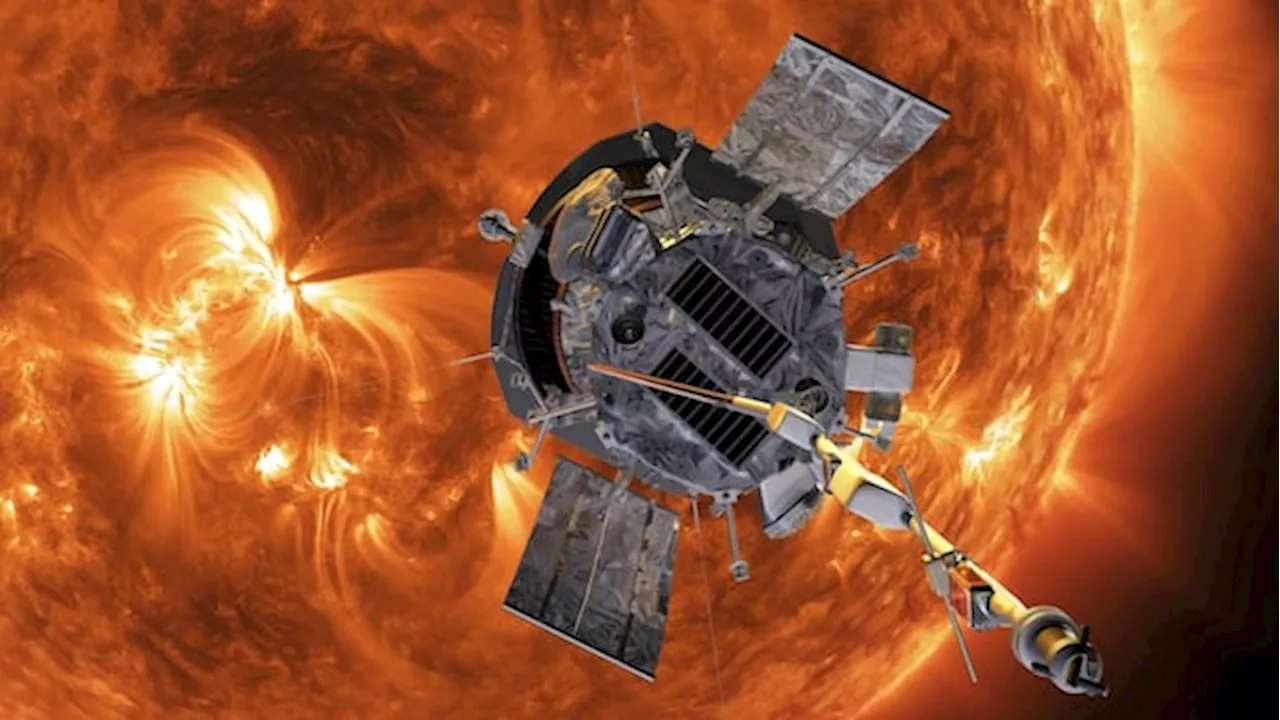 Parker Solar Probe Completes Record-Breaking Close Approach to the SunNASA's Parker Solar Probe made history by reaching the closest distance ever achieved by a human-made object to the Sun. The spacecraft successfully traversed the Sun's outer atmosphere, the corona, collecting valuable data about our star.
Parker Solar Probe Completes Record-Breaking Close Approach to the SunNASA's Parker Solar Probe made history by reaching the closest distance ever achieved by a human-made object to the Sun. The spacecraft successfully traversed the Sun's outer atmosphere, the corona, collecting valuable data about our star.
Read more »
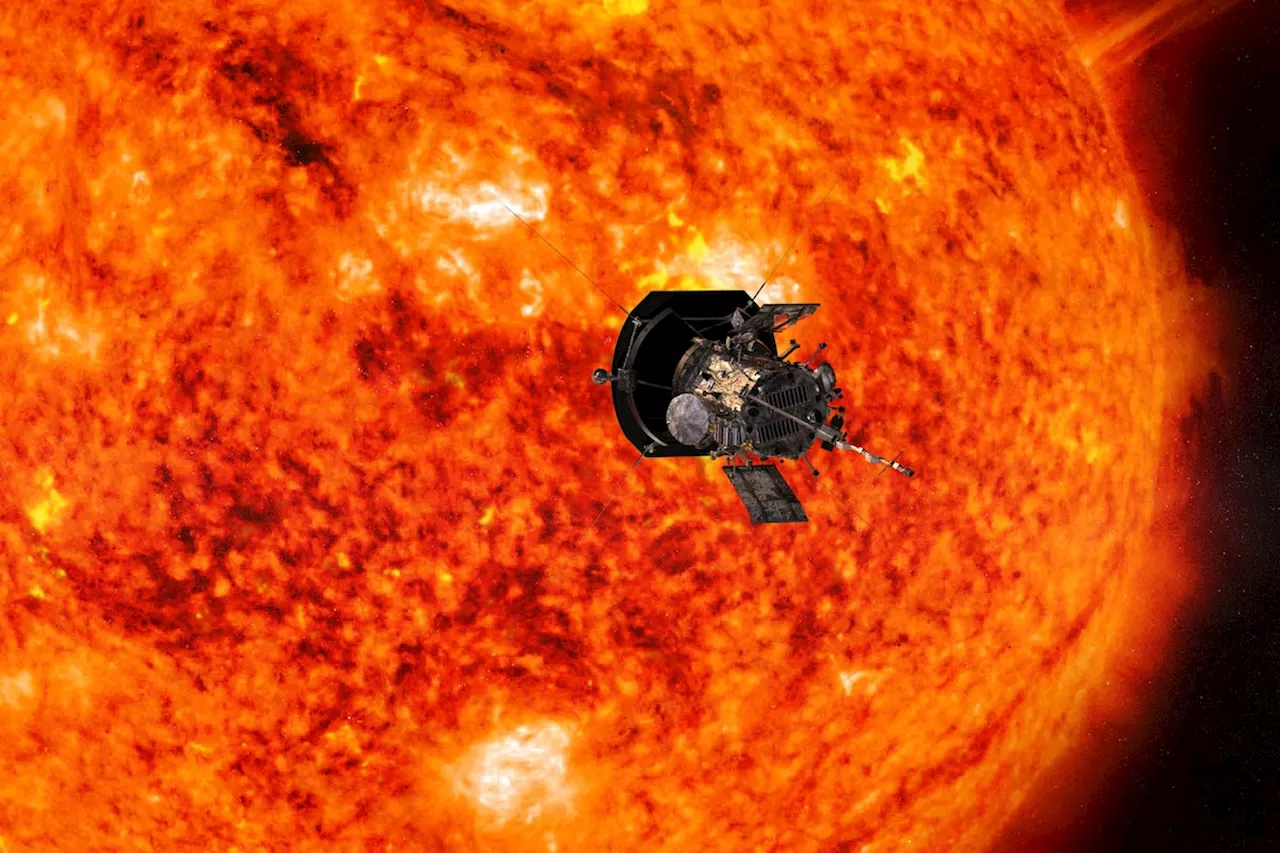 NASA's Parker Solar Probe Makes History with Closest-Ever Sun ApproachThe Parker Solar Probe successfully completed the closest-ever flyby of the sun, providing valuable data for scientists studying our star.
NASA's Parker Solar Probe Makes History with Closest-Ever Sun ApproachThe Parker Solar Probe successfully completed the closest-ever flyby of the sun, providing valuable data for scientists studying our star.
Read more »
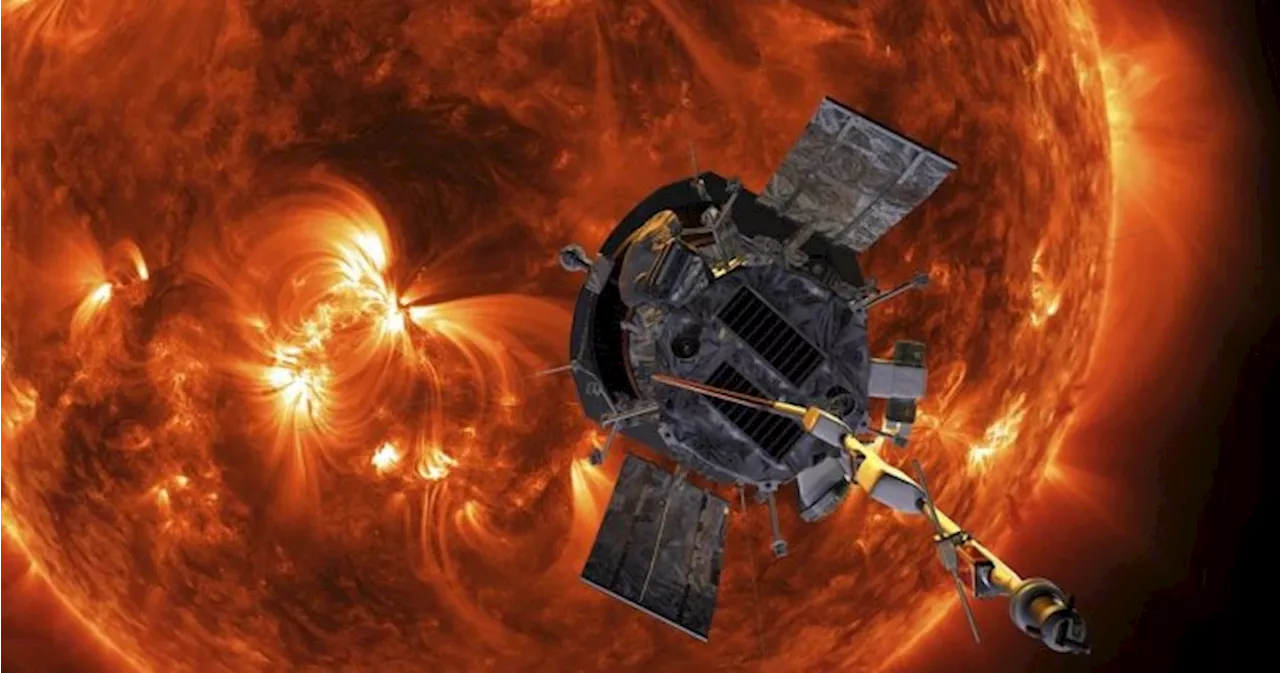 Parker Solar Probe Enters Sun's AtmosphereThe Parker Solar Probe spacecraft achieved a historic milestone, flying into the sun's outer atmosphere called the corona on December 24th, 2023. This mission aims to unlock the secrets of our closest star, studying its extreme temperatures, solar wind, and energetic particles.
Parker Solar Probe Enters Sun's AtmosphereThe Parker Solar Probe spacecraft achieved a historic milestone, flying into the sun's outer atmosphere called the corona on December 24th, 2023. This mission aims to unlock the secrets of our closest star, studying its extreme temperatures, solar wind, and energetic particles.
Read more »
